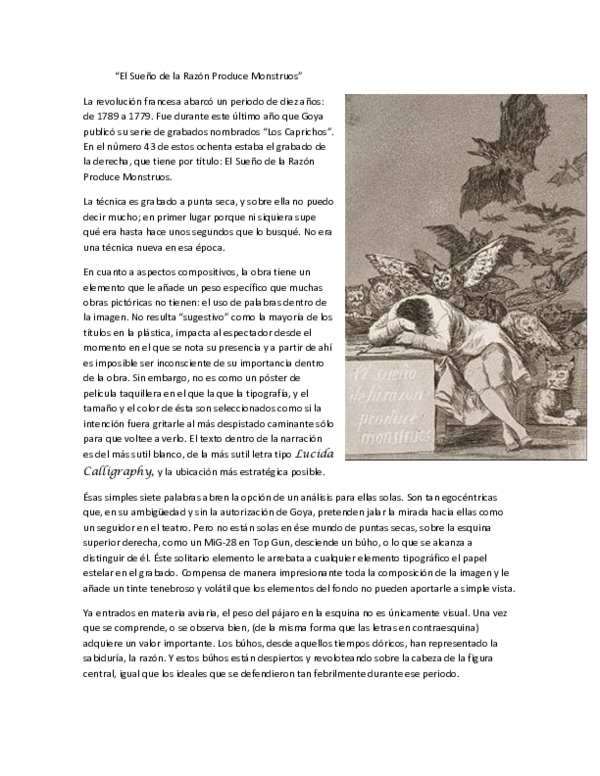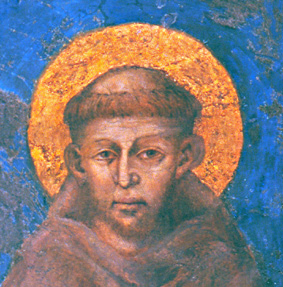Contenidos
Francisco de quevedo y villegas
francisco de quevedo psalm xvii
In 1605 the poetic anthology of Pedro Espinosa, Flores de poetas ilustres, was published in Valladolid, among which appear eighteen compositions by Quevedo; some also appear as anonymous poets in the Segunda parte del Romancero general y Flor de diversa poesía (Valladolid, 1605) compiled by Miguel de Madrigal, a student at the university; with this he is already recognized as a poet of the first rank.[11] He was so well attended by men of letters that he did not seem to deserve the name of connoisseur who did not qualify with the friendship and approval of Don Francisco de Quevedo, on whom everyone looked with admiration to the eyes of all men of letters.
He was so well attended by men of letters, that he did not seem to deserve the name of connoisseur who did not qualify himself with the friendship and approval of Don Francisco, on whom all fixed their eyes admiring his prodigious wit.
In all languages those alone deserved universal acclaim, who gave light to the obscure, and ease to the difficult; for to obscure what is clear, is to erase, and not to write, and he who speaks what others do not understand, first confesses that he does not understand what he speaks[24].
The economic reforms of the new valido soon aroused opposition, and Quevedo composed in his defense, under the name of “Licenciado Todosesabe”, El chitón de las taravillas (Huesca, January 1630). Lope de Vega wrote scandalized to the Duke of Sessa:
libros de google
Quevedo nació el 14 de septiembre de 1580[1] en Madrid en el seno de una familia de hidalgos[2] de la villa de Vejorís, situada en la región montañosa del norte de Cantabria. Su familia descendía de la nobleza castellana.
Huérfano a los seis años, pudo asistir al Colegio Imperial de los jesuitas en Madrid. Luego asistió a la universidad en Alcalá de Henares de 1596 a 1600. Según cuenta, realizó estudios independientes de filosofía, lenguas clásicas, árabe, hebreo, francés e italiano.
En 1601, Quevedo, como miembro de la Corte, se trasladó a Valladolid, donde la Corte había sido trasladada por el ministro del Rey, el Duque de Lerma. Allí estudió teología, materia que se convertiría en un interés de toda la vida, y sobre la que más tarde compondría el tratado Providencia de Dios contra el ateísmo.
En esta época, empezó a destacar como poeta y prosista. Algunas de sus poesías fueron recogidas en una antología generacional de 1605 por Pedro Espinosa titulada Flores de Poetas Ilustres.
francisco de quevedo biography
I received the letter of thirty thousand ducats, and I have made all those who understand this way of writing know about it. Half the court is after me, and there is no man who does not make me a thousand offers in the service of Your Excellency, because here most men have become whores, and those who do not give do not get them.
The recovery of Quevedo’s poetic work in responsible texts did not begin until 1963 with the first edition of Blecua, where numerous errors of Astrana are rectified and reliable texts are offered; the subsequent critical edition of Obra poética with the variants of numerous manuscripts, represents to this day the greatest editorial effort and basic text for the study of this poetry.
Despite his early fame as a poet (in 1603 Pedro de Espinosa collected 18 poems by Quevedo in his Flores de poetas ilustres, published in 1605), most of his compositions were not printed during his lifetime or under his supervision. They circulate in manuscript copies or are selected by various publishers for inclusion in anthologies.
francisco de quevedo baroque
The young Quevedo matured surrounded by dignitaries and nobles of the royal court and although he was physically handicapped, intellectually he had been gifted. In Madrid he attended his first studies at the Imperial College of the Jesuits; -today the San Isidro Institute- and later at the prestigious University of Alcalá de Henares, in Madrid from 1596 to 1600. On his own, he did independent studies in philosophy, classical languages, Arabic, Hebrew, French and Italian.
Around this time, he began a very scholarly exchange of letters with the humanist Justus Lipsius, in which Quevedo lamented the wars ravaging Europe. The Court returned to Madrid in 1606, and Quevedo remained until 1611. By then, he was a well-known and accomplished man of letters. He befriended and was praised by Miguel de Cervantes and Lope de Vega, the leading playwright of the time.
In 1608, Quevedo fought a duel with author and fencing master Luis Pacheco de Narvaez, as a result of the latter’s criticism of one of Narvaez’s plays. Quevedo y Villegas took off Pacheco’s hat in the first encounter. They would remain enemies for the rest of their lives. In Quevedo’s “El Buscón”, this duel was parodied with a fencer who had to engage in a duel with an experienced soldier relying on mathematical calculations to escape the duel.





